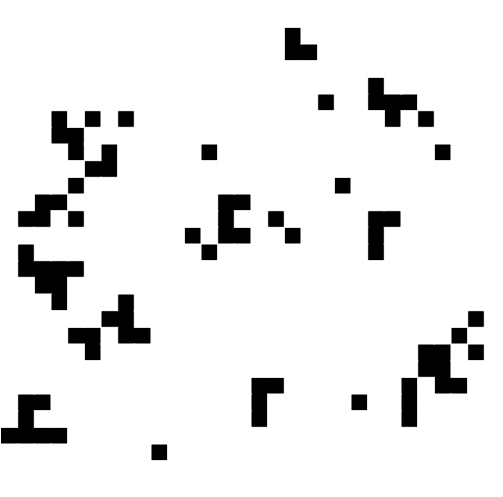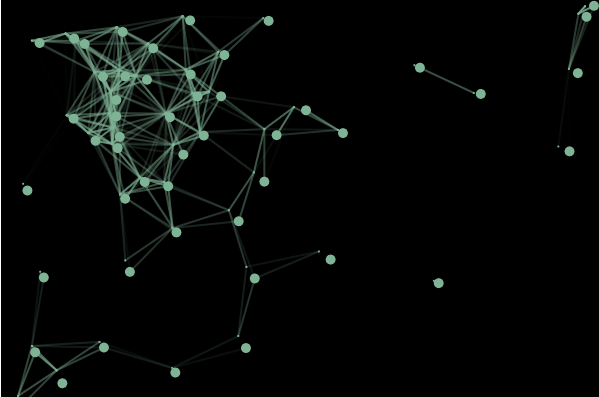Generative Art: An Interactive Web Experience
Our project consists of an interactive website that guides the reader through a series of artworks and research topics in the field of Generative Art and related branches.
produced by: Rita Cabrito, Chris Newth, Armando González Sosto
Click on the image above to visit our site (https://generative-art.herokuapp.com)
Introduction
The aim of our project is to create an interactive website that will help the visitor better understand the meaning of generative art. We want to answer relevant questions, or at least try to begin a discussion on these.
We attempt to achieve this goal through the usage of interactive animations that explore different concepts and ideas relating to generative art. Through the usage of the p5.js library, we’re able to create an independent website that allows visitors to read about different topics and see them play out in real-time.
Process
We started by trying to understand the definition of generative art itself. From there, we selected a couple of sub-topics that we considered interesting to further explore in order to better understand the impact and importance of generative art.
We selected the following sub-topics to discuss in our website: (Introduction), History, Randomness, Data-Driven, Emergence, Biological Systems, (Conclusion).
The website was developed using the TypeScript language. We used the p5.js library to draw different generative illustrations, and the React.js library to manage the UI and navigation within the site. The website itself is hosted using Heroku, and can be accessed following this link: generative-art.herokuapp.com. The website was coded using Microsoft Visual Studio Code, and the code repository is available on GitHub.
The research and development of sketches was done in multiple platforms, including Processing itself. However, for the ease of sharing, they were ultimately converted into p5 sketches for their web compatibility.
Conclusion
With the creation of this interactive website, we managed to understand a bit better what generative art really is and the potential that it has and has had in art, as well as a closer comprehension of its capacity with computational art.
Although we mostly agree on a lot of aspects that we discussed, we also came across interesting and unexpected points of view within the group which helped to enrich our arguments when writing about each sub-topic.
Overall, we achieved what we had initially proposed: the creation of an interactive website, that will help the visitor and ourselves to get a better understanding on generative art.
Additional information, remarks, research, and citations are accesible by visiting the project website.
You can also listen to a conversation where we discuss different aspects of our project.




































































